Modern Maori art has seen a remarkable resurgence, blending traditional techniques with contemporary themes to create a vibrant cultural tapestry. This renaissance is not only capturing the imagination of art enthusiasts but is also generating significant interest among investors. As the world becomes more attuned to the importance of cultural preservation and expression, the rise of modern Maori art presents a unique opportunity for both cultural engagement and financial investment.
Understanding the Cultural Significance
Maori art, deeply rooted in the history and traditions of the indigenous people of New Zealand, serves as a powerful medium for storytelling and cultural preservation. It encompasses various forms, including carving, weaving, and painting, each with its distinct style and symbolism. The resurgence of modern Maori art is not just about preserving the past; it is about reinterpreting traditional narratives to address contemporary issues, making it relevant to today's audience.
Case Study: Te Puia – Bridging Tradition and Innovation
Te Puia, the New Zealand Maori Arts and Crafts Institute in Rotorua, is a testament to the successful fusion of traditional Maori art with contemporary practices. The institute not only preserves traditional carving and weaving techniques but also provides a platform for modern interpretations of these art forms.
- Problem: Te Puia faced the challenge of keeping traditional Maori arts relevant in a rapidly modernizing world.
- Action: By incorporating modern themes and techniques, Te Puia has revitalized interest in Maori art. The introduction of contemporary exhibitions and international collaborations has expanded their audience and market reach.
- Result: Visitor numbers increased by 30% over two years, demonstrating a robust interest in modern Maori art both locally and internationally.
- Takeaway: The integration of traditional and modern art forms can enhance cultural appreciation and economic potential.
Economic Impact and Investment Potential
In New Zealand, the creative industries contribute significantly to the economy. According to Stats NZ, the cultural and creative sector contributes over $17 billion to the economy annually, indicating a substantial market for art investments. Modern Maori art, with its unique cultural narrative, presents a lucrative niche within this sector.
Comparative Analysis: Maori Art vs. Global Indigenous Art
When compared to other indigenous art forms globally, Maori art stands out for its unique blend of tradition and modernity. For instance, while Aboriginal art in Australia focuses primarily on traditional dot paintings, Maori art incorporates a wider variety of forms and themes. This diversity enhances its appeal to a broader audience, increasing its market potential.
Industry Insight: The Role of Government and Policy
The New Zealand government, through the Ministry of Business, Innovation and Employment (MBIE), has been actively supporting the growth of the creative sector. Initiatives such as Creative NZ provide funding and resources to artists, fostering a thriving environment for Maori art. This governmental backing not only aids in preserving cultural heritage but also boosts economic growth through increased art production and sales.
Common Myths and Misconceptions
- Myth: "Maori art is only of historical interest." Reality: Modern Maori art incorporates contemporary themes, making it relevant and appealing to today's global audience.
- Myth: "Investing in Maori art is risky due to its niche market." Reality: The growing international interest and governmental support make Maori art a promising investment.
Pros and Cons of Investing in Maori Art
Pros:
- Cultural Significance: Investing in Maori art supports cultural preservation and appreciation.
- Growing Market: Increased global interest in indigenous art boosts market potential.
- Diversification: Adds a unique element to an investment portfolio.
Cons:
- Market Volatility: Like all art investments, Maori art can be subject to market fluctuations.
- Authentication Challenges: Ensuring the authenticity of artworks can be complex.
Future Trends and Predictions
The future of modern Maori art looks promising, with several trends indicating continued growth. By 2026, it is expected that Maori art will play a more prominent role in international art markets, driven by increased global awareness and appreciation for cultural diversity. Moreover, advancements in digital technology are likely to provide new platforms for showcasing and selling Maori art, further boosting its accessibility and market reach.
Conclusion
The rise of modern Maori art is not just a cultural phenomenon but also an economic opportunity. For investors, it offers a chance to engage with a vibrant and growing market while supporting cultural preservation. As the global art scene continues to evolve, Maori art stands as a compelling investment choice, blending rich tradition with modern innovation.
Final Takeaway & Call to Action
Are you ready to explore the unique investment opportunities presented by modern Maori art? Engage with local galleries, attend exhibitions, and connect with artists to gain deeper insights into this dynamic market. By investing in Maori art, you are not only diversifying your portfolio but also contributing to the preservation and celebration of New Zealand's rich cultural heritage.
People Also Ask (FAQ)
- How does investing in Maori art impact New Zealand's economy? Investing in Maori art boosts the cultural sector, which contributes over $17 billion to the NZ economy annually (Stats NZ), supporting local artists and cultural preservation.
- What are the biggest misconceptions about Maori art? A common myth is that Maori art is only historical. However, modern Maori art incorporates contemporary themes, making it relevant today.
Related Search Queries
- Modern Maori art investment
- Contemporary Maori artists
- Maori art market trends
- New Zealand cultural investment opportunities
- Indigenous art in global markets

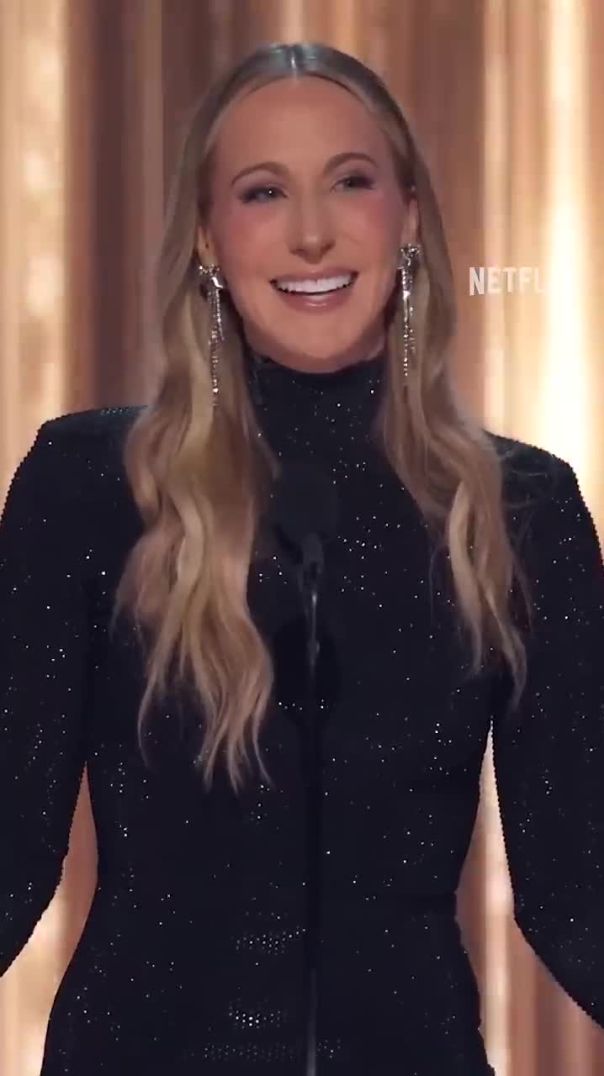
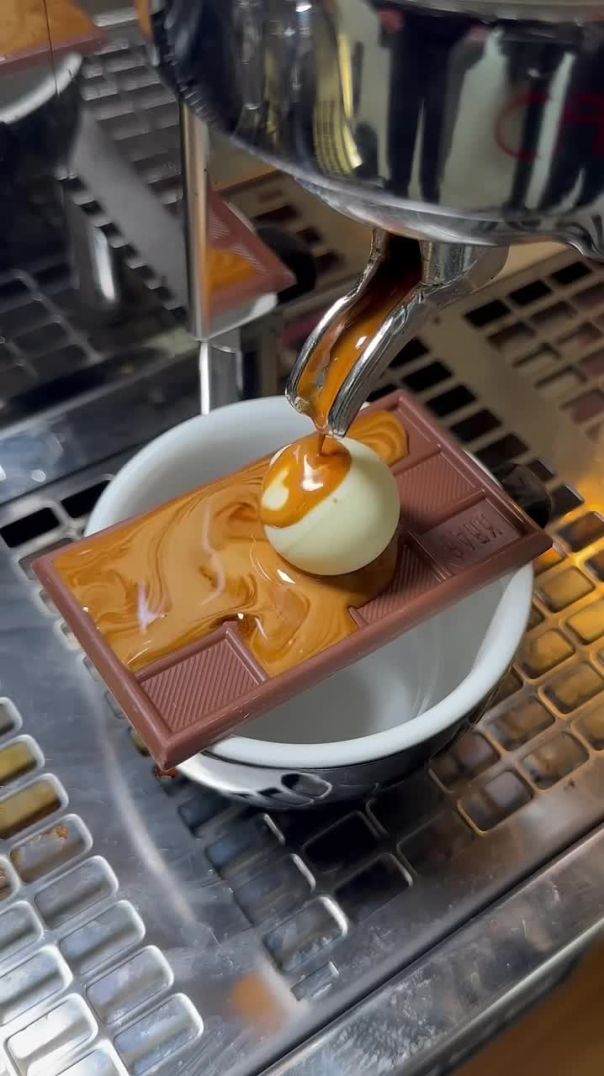



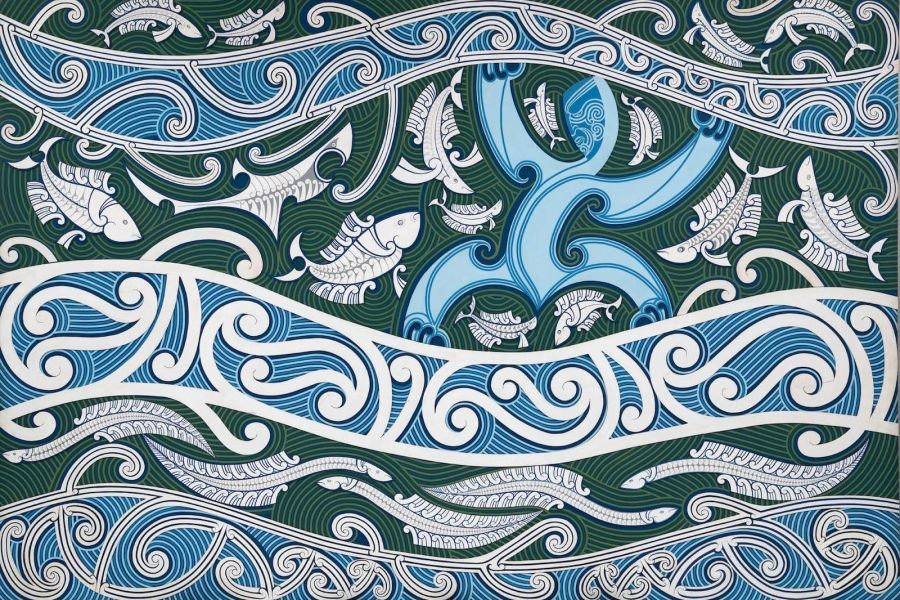




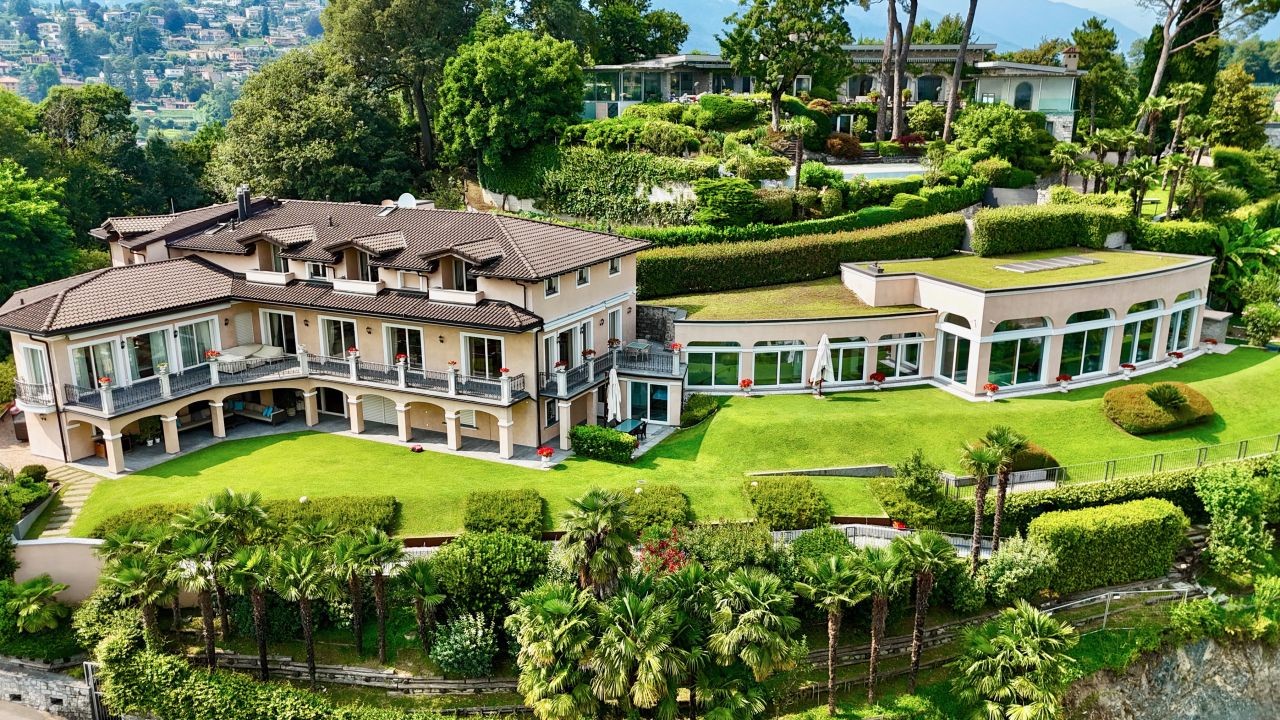

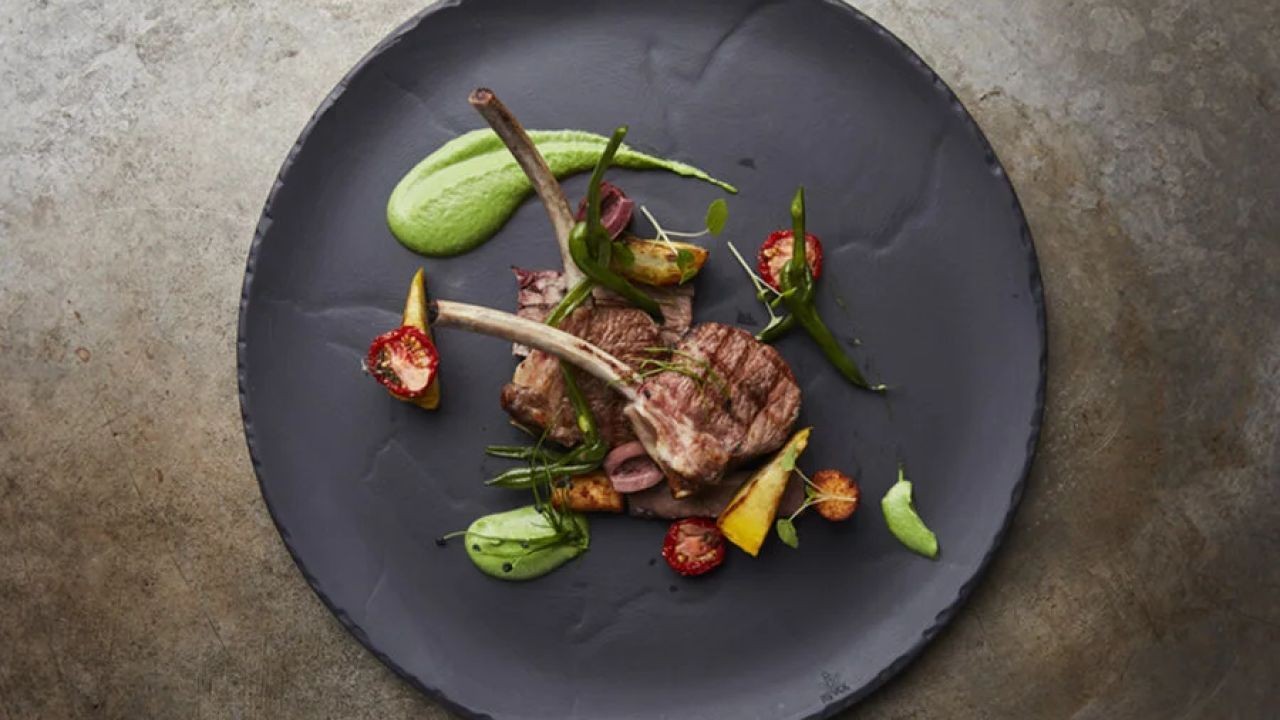






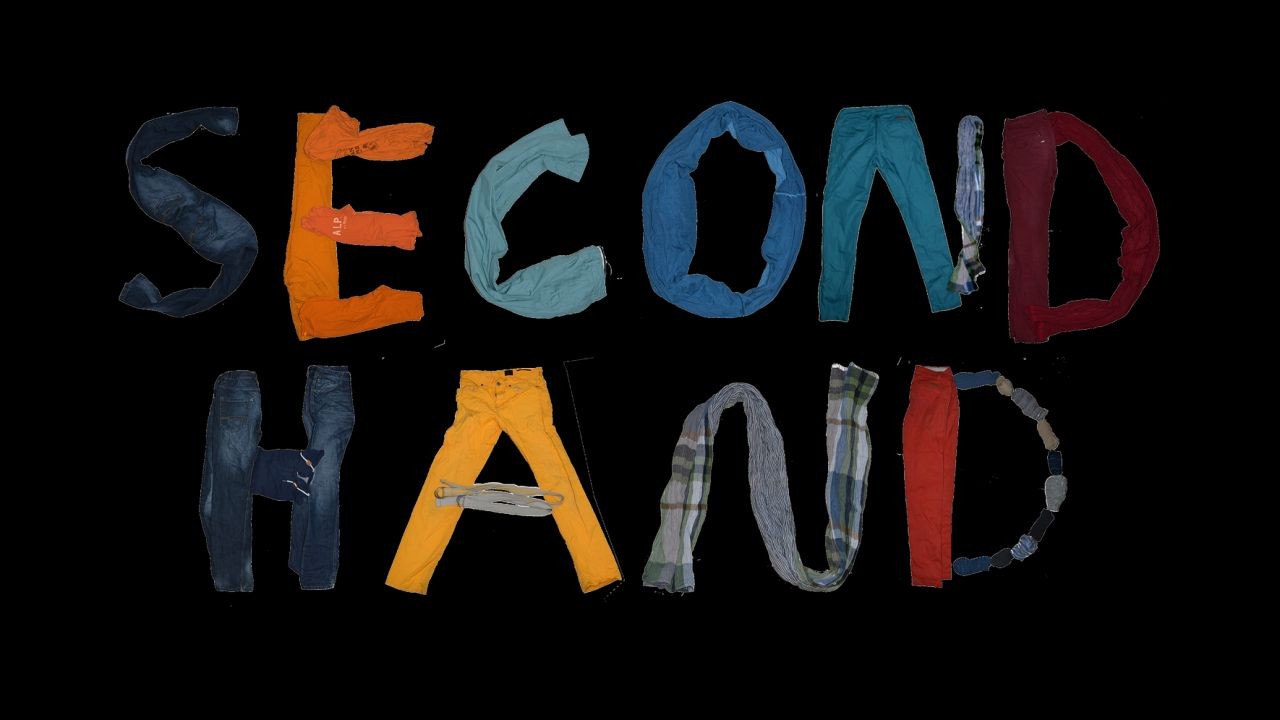
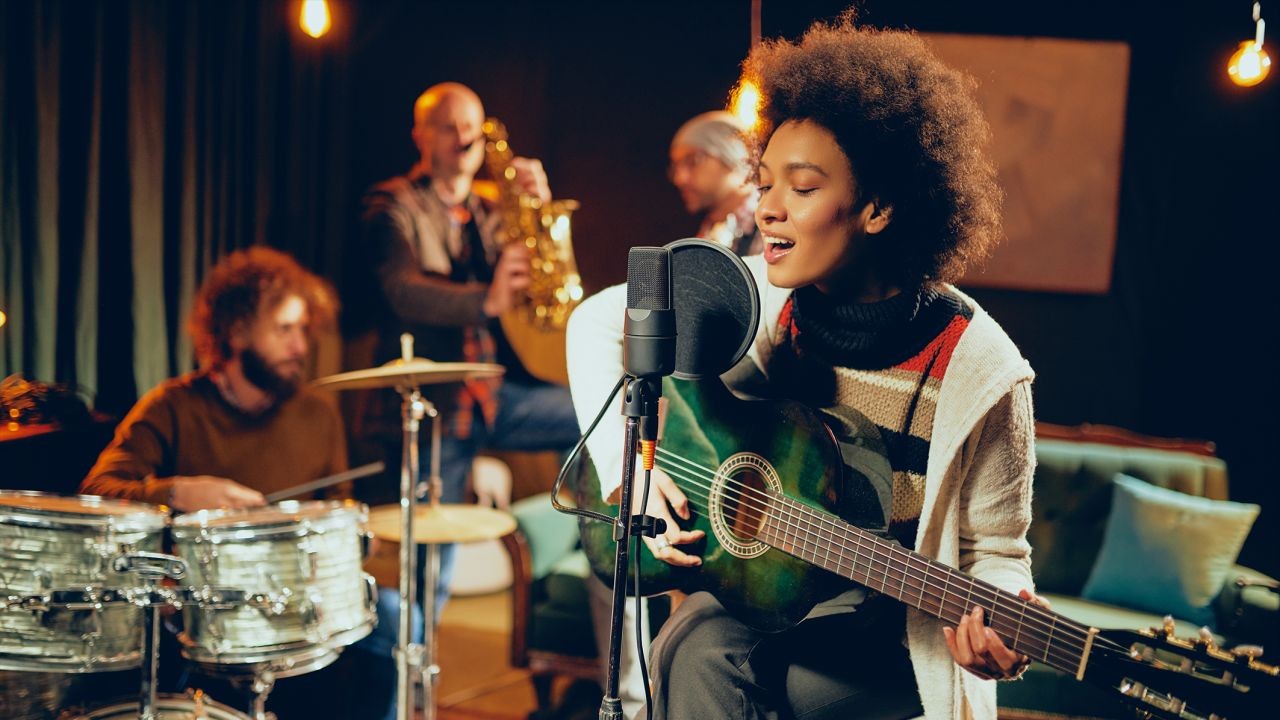








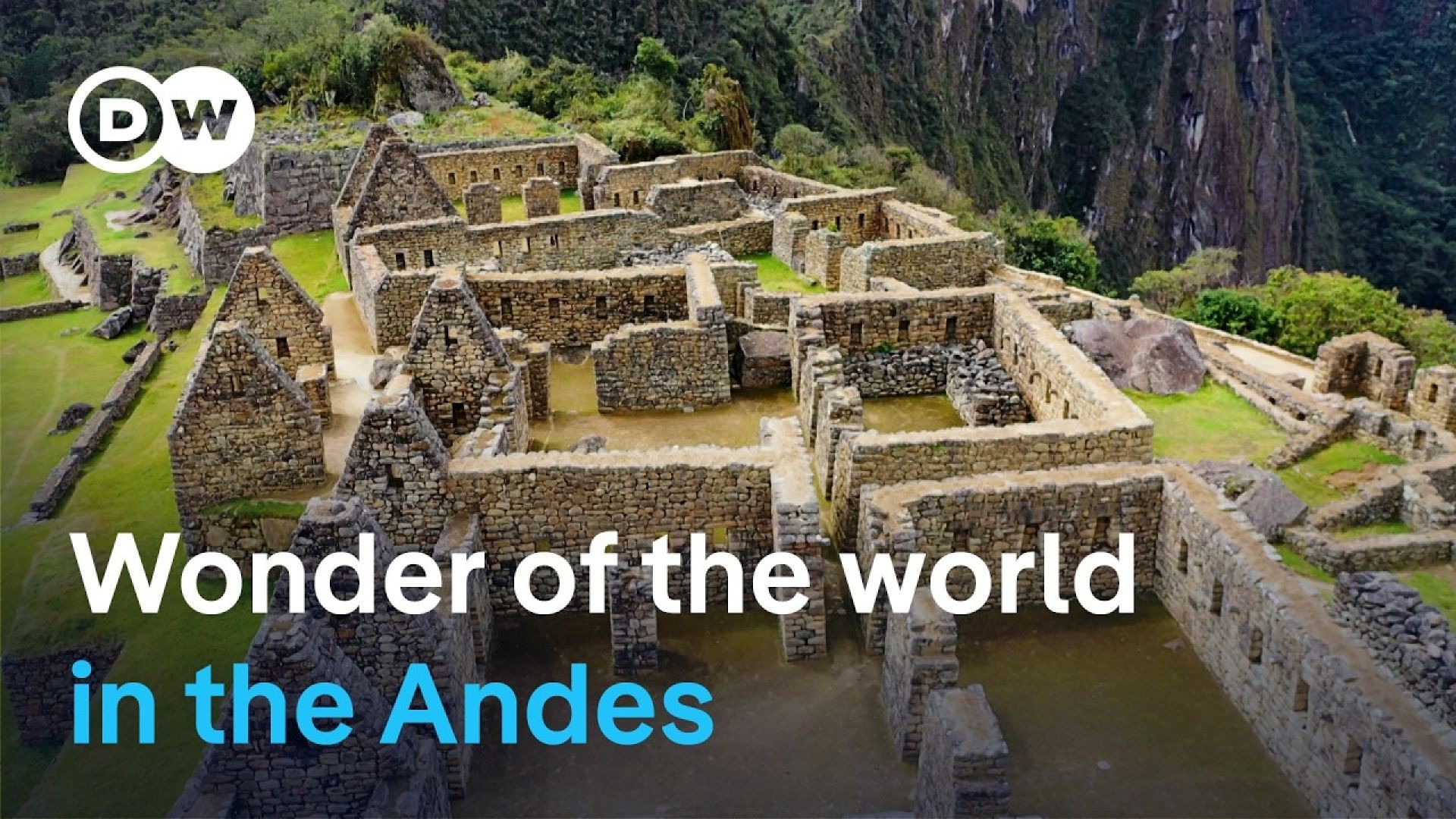
JordanSeab
7 months ago